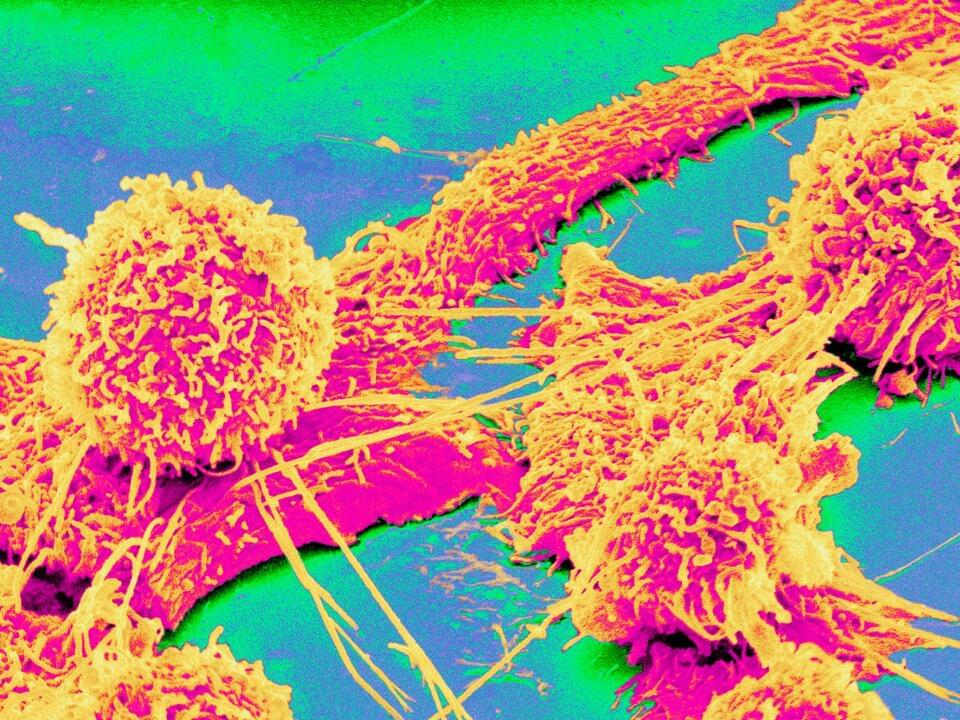Tesla has reportedly chosen its location for the Robotaxi unveiling event on October 10, and it is quite interesting.
According to a new report from Bloomberg, citing people familiar with the matter, Tesla is planning to show off its new Robotaxi platform, along with “a few other things,” at the Warner Brothers Studio in Burbank, California.
Tesla initially planned to hold its unveiling event on August 8, but it was pushed back to October 10 due to a request for a front-end design change by CEO Elon Musk, who also hinted there would be more to show at the event with the delayed date.






